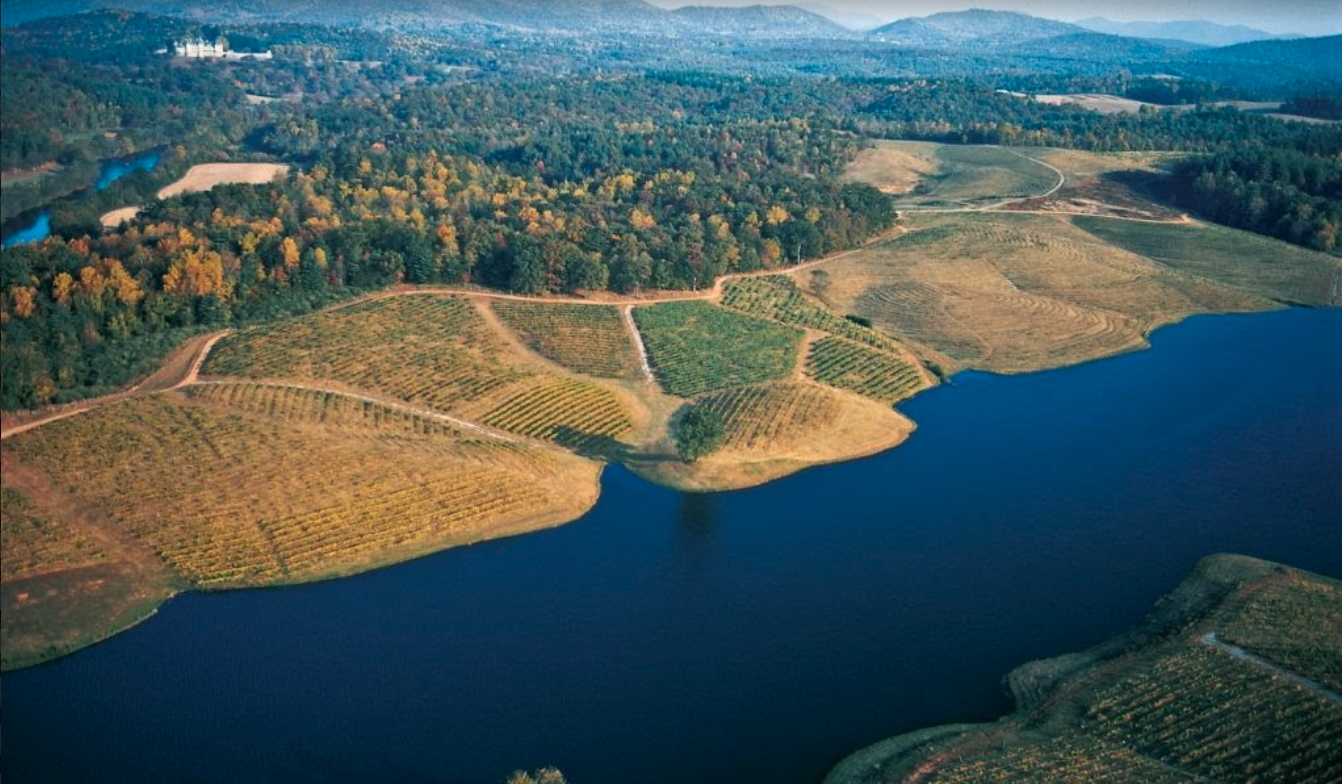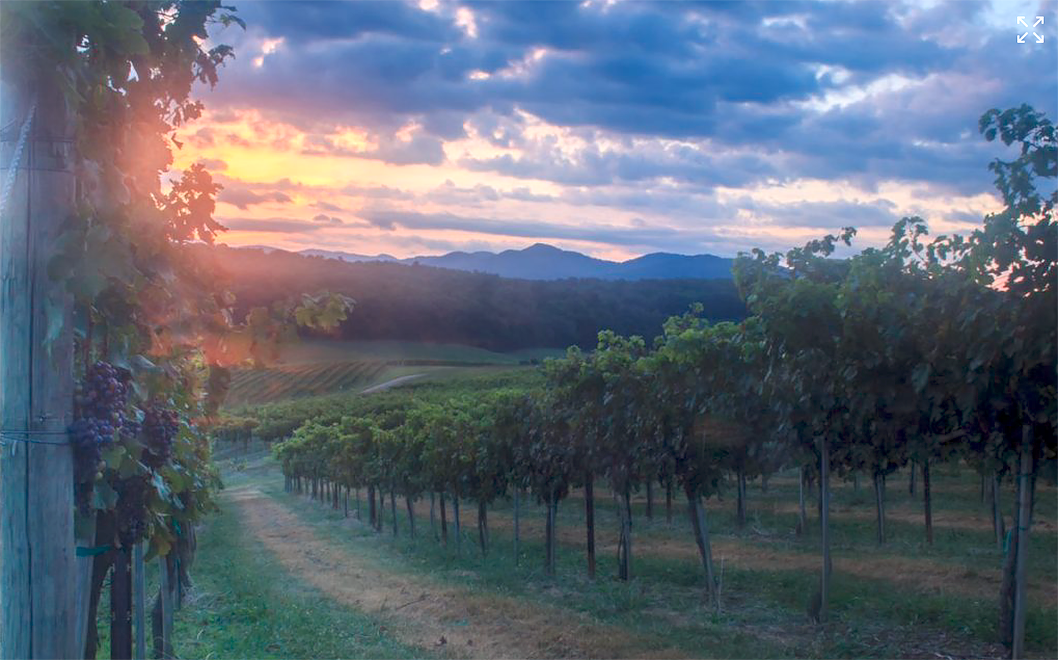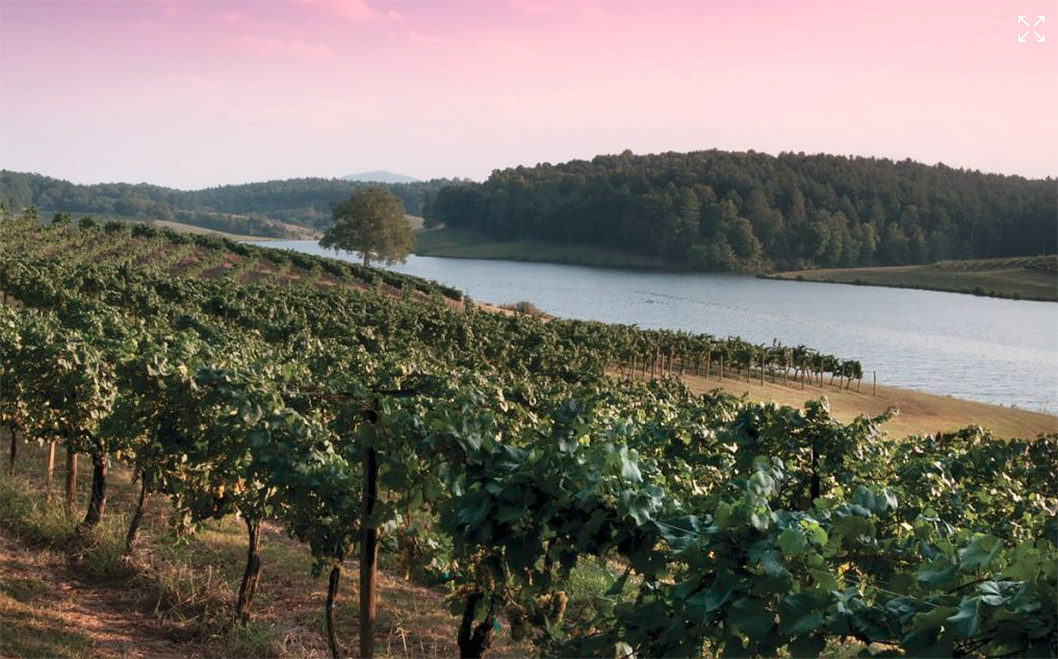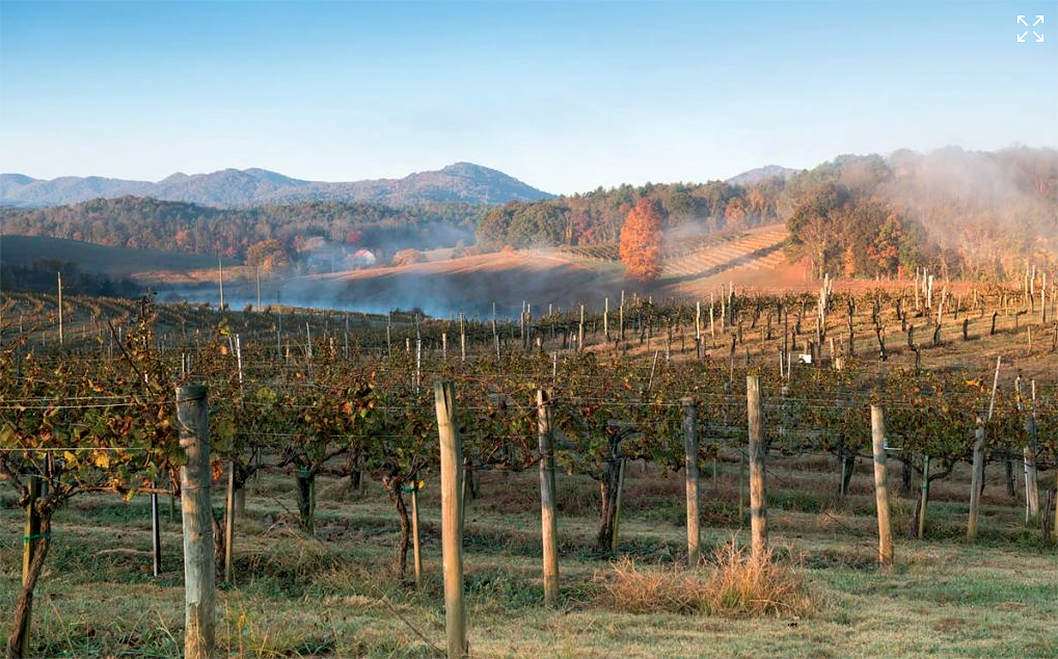Pale gold color; lemon, grapefruit, nectarine, spring wildflowers, peach, coconut, banana, green apple, saline-minerality, spice on the nose and palate.
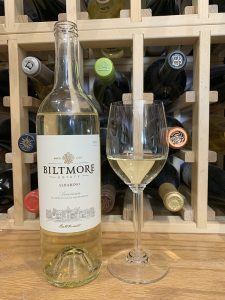
Off-dry; crisp acidity and very aromatic. Light body. Blend of mostly albariño with splashes of sauvignon blanc and chardonnay. California fruit fermented in temperature-controlled stainless steel tanks. After fermentation, wine is adjusted to the appropriate sugar level—thus the off-dry—and blended. It is not the striking wine made in northwestern Spain, but it is a congenial, easy drinker that should please many palates with its smooth softness, non-offensive acidity, and slight sweetness. 13% ABV
While Biltmore is a winery, it mostly shines as a destination. The Vanderbilt mansion—one of the largest, maybe the largest, home in America—is amazing display of Gilded Age excess. The Biltmore Estate in Asheville, North Carolina is one of those places that can treat you so many different ways you will have to like at least one of them. There are kid-friendly elements, restaurants, horse tours, spas, shops. Visit the website to find out more.
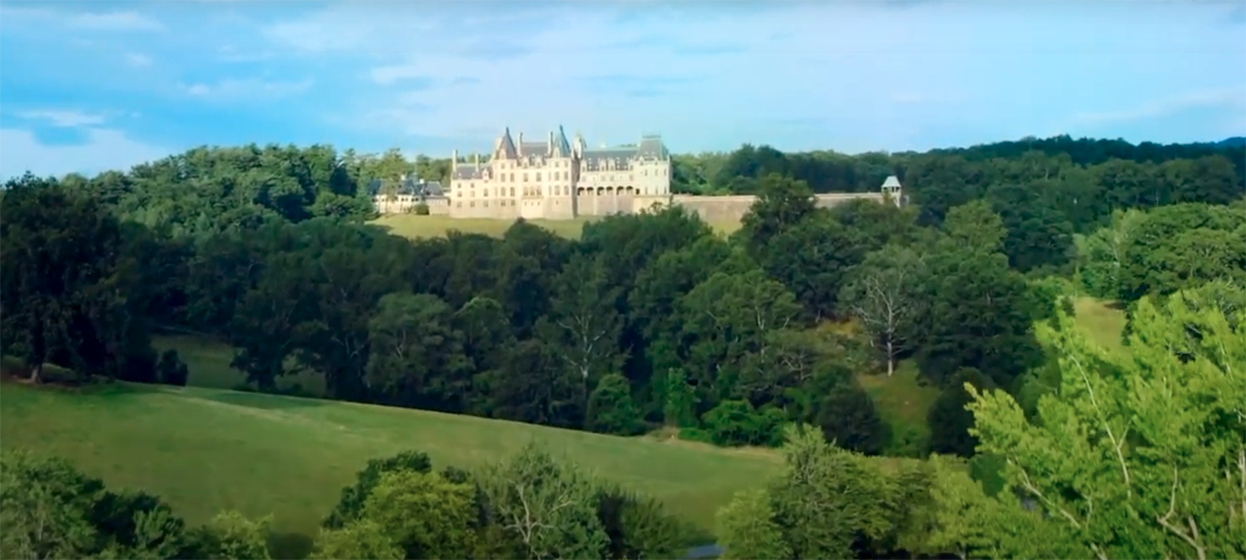
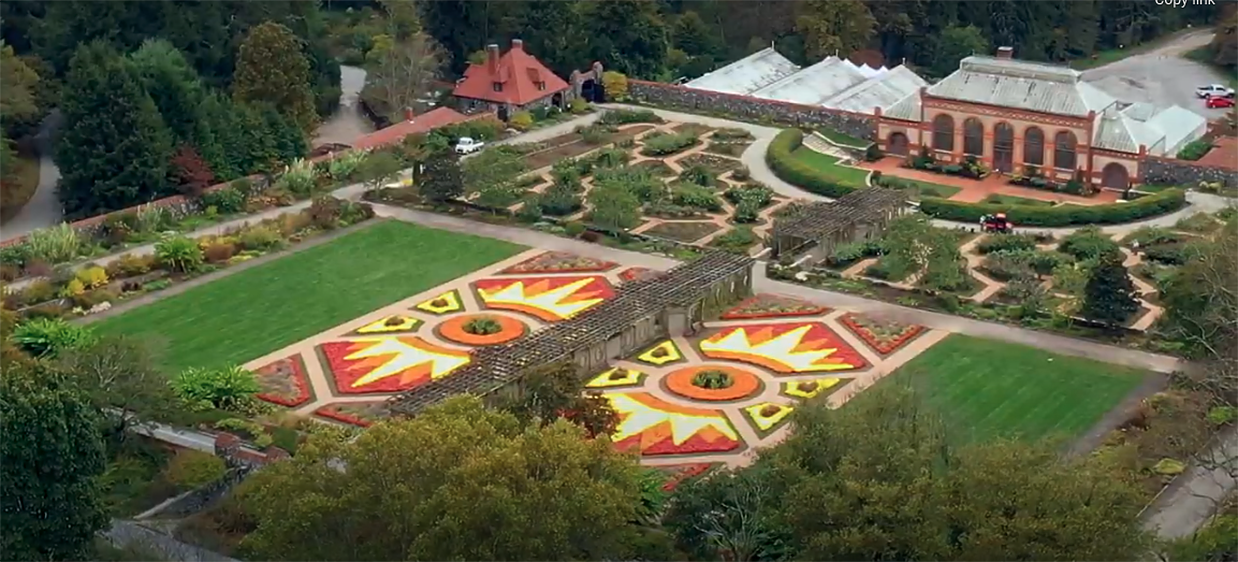
Vanderbilt’s younger grandson, William Amherst Vanderbilt Cecil, had the vision to develop vineyards and a winery on the family property in the 1970s. He remains an owner. The vineyards were planted in French and American hybrid grapes. The winery is a converted, renovated dairy. Construction began in 1983 and the winery opened to the public in 1985. The Biltmore is a family business with the fourth and fifth generations of George Vanderbilt involved in day-to-day operations. Vanderbilt descendant Bill Cecil is the president and CEO of The Biltmore Company.
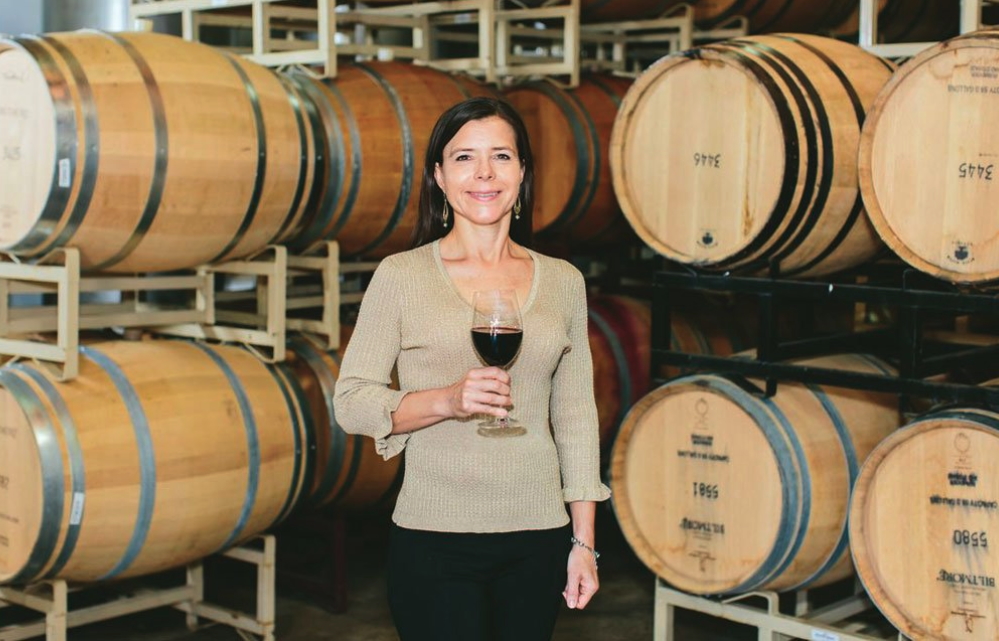
Sharon Fenchak is the winemaker, joining Biltmore in 1999 and becoming head winemaker in 2018. Her winemaking philosophy is to faithfully present true varietal character and to be consistent vintage to vintage. The result is excellent wine priced accordingly. Fenchak apparently crafted this to showcase albariño’s spice and tropical fruit with a creamy mouthfeel.
Biltmore Estate Albariño 2020 is made to be a soft, creamy, simple crowd pleaser. Unctuous mouthfeel plays nicely against acidity and citrus tang. This is not the profile of a Spanish/Portuguese albarino, but I don’t think it was intended to be so. The North Carolina winery took Spanish fruit grown in California to make a very approachable wine that would not challenge the sensitivities, certainly not those of casual wine drinkers. If you are not wowed by complexity and depth, this is an effort you can enjoy for the simple libation that it is. Pair with light fish; shellfish; shrimp scampi; light meats; smoked lox bagel with cream cheese; salads; vegetarian fare. Cheese—very versatile; burrata, manchego (classic albariño pairing), gouda, salty feta, gouda. $18
